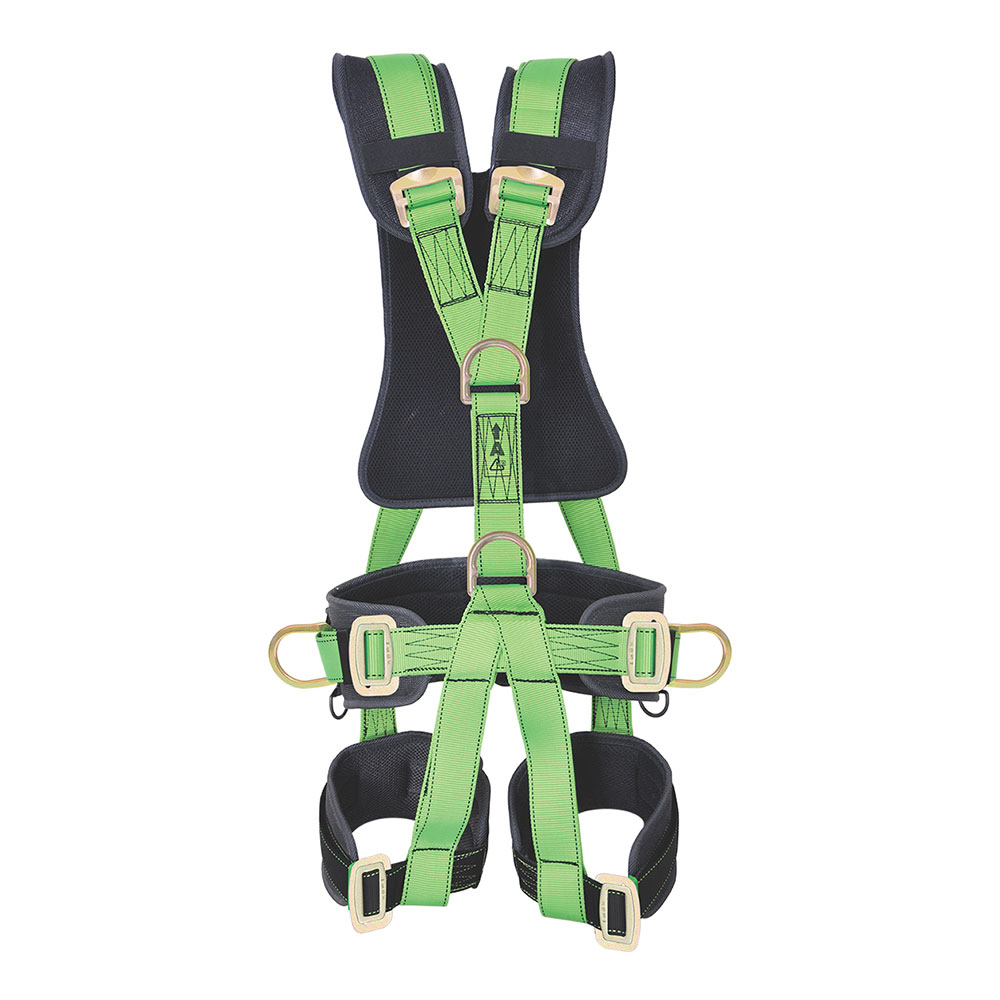When it comes to working in high-risk environments, such as construction sites or industrial facilities, having the right safety equipment can be a matter of discussion and life. One of the most important parts of personal protective gear is the full-body harness.
This crucial tool is an essential part of any complete safety program because it helps to prevent fatalities as well as serious injuries during a fall.
Understanding the Purpose of Full-Body Harnesses
The primary purpose of a full-body harness is to provide a secure and reliable connection point for a worker in the event of a fall. Unlike a simple safety belt, a full-body harness distributes the force of a fall across the shoulders, chest, waist, and legs, which will reduce the risk of serious injuries such as spinal cord damage or internal organ injuries.
Full-body harnesses can also be used for positioning and rescue purposes. For example, workers performing tasks at heights may use a harness to keep them securely in place, while those working in confined spaces can be quickly and safely retrieved in an emergency.
Important Features of a Full-Body Harness
Whenever you are selecting a full-body harness for use in a high-risk environment, it is important to look for key features that ensure maximum safety and comfort:
- Adjustable straps and buckles to ensure a snug for secure fit.
- Padded shoulder and leg straps to prevent irritation and discomfort.
- Strong attachment points to handle the force of a fall.
- Reflective elements or other visibility enhancements for low-light conditions.
- Compatibility with other safety equipment, such as lanyards or self-retracting lifelines.
It is also crucial that the full-body harness meets all relevant safety standards and has been properly certified for use in the specific work environment.
The Importance of Proper Harness Usage and Training
Simply having a full-body harness on hand is not enough to ensure worker safety. To fully benefit from this important piece of equipment’s protective features, proper usage, and training are required.
Workers should be thoroughly trained on how to correctly do and adjust the harness, as well as how to properly connect it to an anchoring system. They should also get familiar with the specific procedures for fall arrest and positioning.
The Impacts of Not Using Full-Body Harnesses
The impact of not using a full-body harness in high-risk environments can be life-threatening and dangerous. Without proper fall protection, workers face a much higher risk of serious injuries or even fatalities in the event of a fall.
These wounds can be anything from head injuries to spinal cord injuries.
Conclusion
Full-body harnesses are a vital component of safety gear for maintaining worker safety in high-risk situations. By distributing the force of a fall and providing a secure connection point, these harnesses can mean the difference between a minor incident and a life-altering or even fatal accident.
To ensure the full protective benefits of full-body harnesses, it is also important that workers receive proper training about the usage of equipment, and they should know how to properly enforce it.











